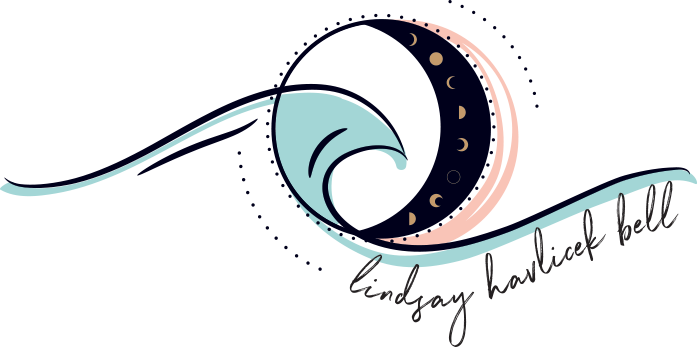the 7 types of rest you didn’t know you needed
Most of us think of rest as just sleeping or scrolling through our phones, but real rest goes so much deeper. The reason so many of us feel constantly exhausted and depleted is because we’re not addressing the specific types of rest we actually need. Real rest is about recharging the parts of you that get drained by everyday life, so you can show up fully for the things that matter most. Let’s dive into the 7 different types of rest, a framework provided by Saundra Dalton-Smith, M.D., to help you identify and meet your rest deficits in the right areas:
1. physical rest
it’s not just about sleep. physical rest can be passive (like napping) or active (gentle yoga, stretching, or a slow walk). it’s giving your body a chance to release tension and recover from the day-to-day grind. this is the type of rest most people think of when they think of resting.
2. mental rest
ever feel mentally fried even though you slept okay? that’s a sign you need mental rest. it’s about giving your brain a break from constant thinking. try stepping away from work, taking a breather, or doing something that lets your mind wander freely.
3. emotional rest
emotional rest is all about getting real with yourself. no more bottling up feelings or pretending you’re okay when you’re not. it can look like journaling, therapy, or venting to someone you trust. it’s giving yourself permission to just be without all the weight.
4. social rest
let’s be real—people can be exhausting. social rest is pulling back from relationships that drain you and spending time with those who lift you up. or it might be just enjoying your own company for a bit. it’s all about energy management.
5. creative rest
when you’re constantly solving problems, generating ideas, or creating, it’s easy to hit a wall where nothing feels fresh anymore. creative rest is about recharging your creative energy by doing things that inspire you without the pressure to produce.
this might look like connecting with nature, taking in art, music, or literature, or just playing—letting your mind relax without an agenda. it’s not about forcing creativity but about giving yourself the space to absorb beauty, explore, and spark inspiration again. when your creative tank is filled back up, you’ll often find that ideas flow more freely and work becomes less of a struggle.
6. spiritual rest
this kind of rest connects you to something bigger than yourself, giving you a sense of meaning. whether that’s through meditation, prayer, or spending time in nature, spiritual rest fills up that deeper part of your soul.
7. sensory rest
with all the screens, noise, and endless notifications, we’re often overstimulated. sensory rest means turning off the screens, stepping away from the chaos, and finding some quiet—letting your nervous system chill for a minute.
aligned rest: meeting your unique needs
aligned rest is all about identifying where your biggest rest deficits are and addressing them to optimize your performance and well-being. maybe your body is physically wiped, or your emotions are running on empty. by aligning rest with your unique needs, you can regulate and restore your nervous system, ensuring you’re recharging the right areas to live a balanced, joy-filled life. it’s not about one-size-fits-all rest; it’s about designing rest that supports you, when and where you need it most.
a note on preventative rest
rest isn’t just for when you’re already burnt out. practicing preventative rest means proactively filling your tank so you’re not constantly running on fumes. prioritize rest before you hit your limit, and you’ll find it easier to stay balanced and energized.
are you getting the rest you really need?
are you designing for aligned rest? which areas of rest are you missing, and what is something simple you can start doing tomorrow to meet those needs? take a moment to tune in, give yourself what you need, and see how much better you feel when you're truly rested.
with love,
lindsay

